UK PMI Construction dropped sharply to 43.1 in June, down from 48.6 and missed expectation of 49.2. It’s also the worst contraction since April 209. Markit noted that business activity declined for second month running. There was sharpest drop in house building for three years. And, new orders shrank as political uncertainty hits client confidence.
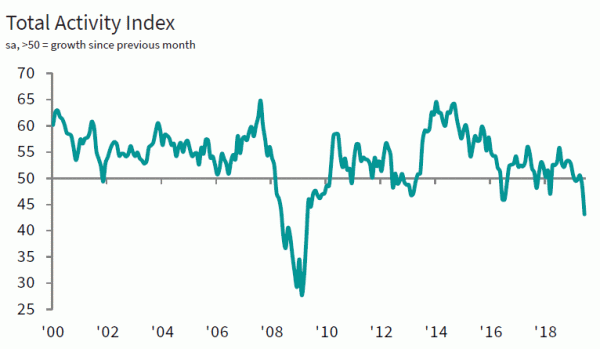
Tim Moore, Associate Director at IHS Markit, which compiles the survey:
“The latest survey reveals weakness across the board for the UK construction sector, with house building, commercial work and civil engineering activity all falling sharply in June. Delays to new projects in response to deepening political and economic uncertainty were the main reasons cited by construction companies for the fastest drop in total construction output since April 2009. While the scale of the downturn is in no way comparable that seen during the global financial crisis, the abrupt loss of momentum in 2019 has been the worst experienced across the sector for a decade.
“Greater risk aversion has now spread to the residential building sub-sector, as concerns about the near-term demand outlook contributed to a reduction in housing activity for the first time in 17 months.
“Construction companies reported a continued brake on commercial work from clients opting to postpone spending, with decisions on new projects often pending greater clarity about the path to Brexit. Latest data meanwhile indicated another sharp fall in civil engineering, which also reflected delayed projects and longer wait times for contract awards.
“Worrying signals from the survey’s forward-looking indicators make it almost impossible to sugarcoat the Construction PMI data in June. In particular, new orders dropped to the largest extent for just over 10 years, while demand for construction products and materials fell at the sharpest pace since the start of 2010.
“A continued lack of new work to replace completed projects illustrates the degree of urgency required from policymakers to help restore confidence and support the long-term health of the construction supply chain.”
Full release here.




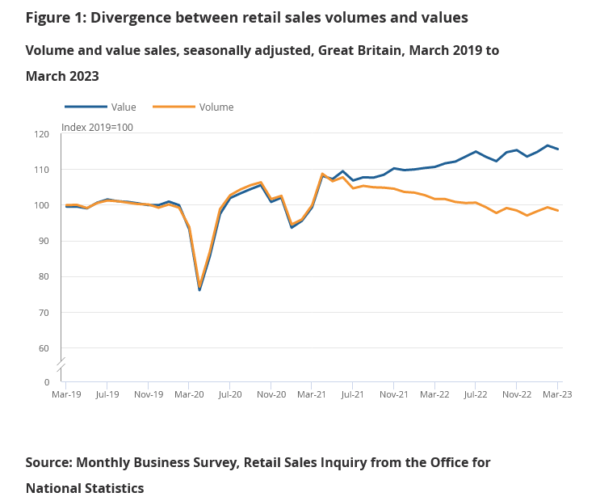
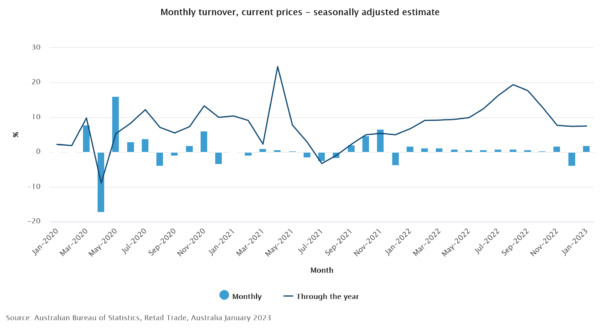

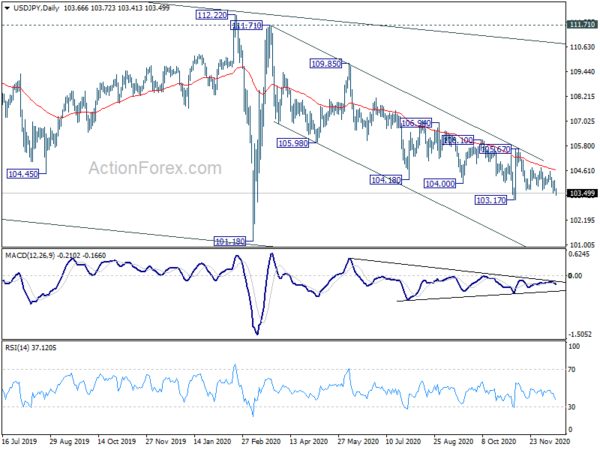
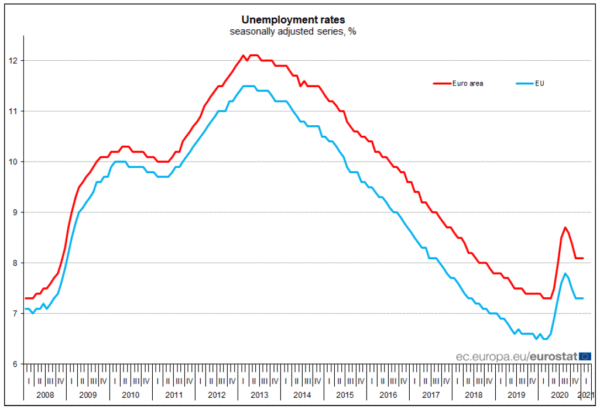
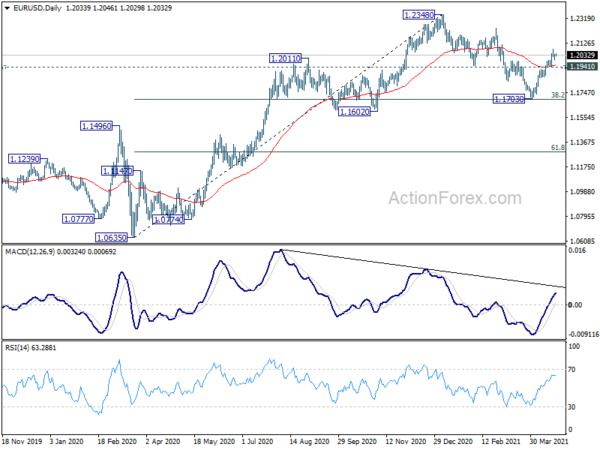
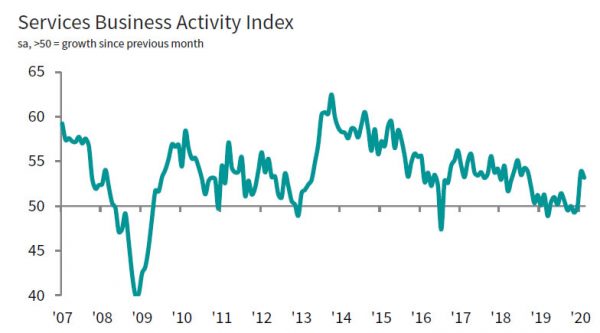

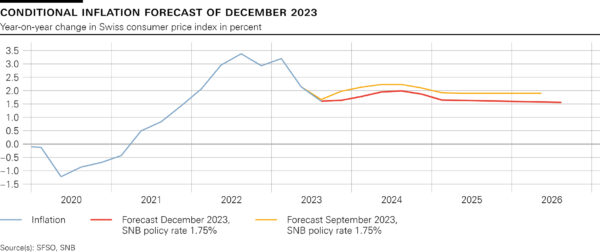

Japan tankan large manufacturing dropped to -34, worst since 2009
BoJ’s Tankan large manufacturing index dropped to -34 in Q2, down from -8, hitting the lowest level since 2009. That’s also worse than expectation of -31. Manufacturing outlook for September dropped to -27. Large non-manufacturing index dropped to -17, slightly better than expectation of -18. Non-manufacturing outlook also dropped to -14, but beat expectation of -15. On the positive side, all large industry capex rose 3.2%, versus expectation of 2.1%.
Full release here.